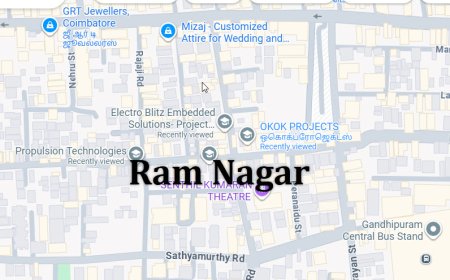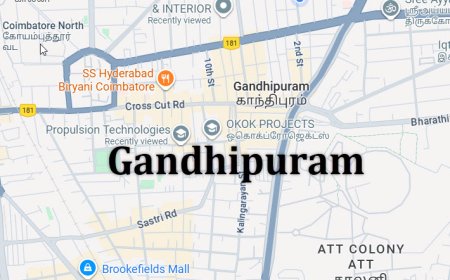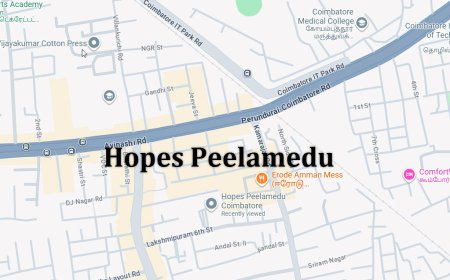Heart Sound Separation Prediction in Python Projects
Heart Sound Separation Prediction in Python Projects
Heart Sound Separation Prediction in Python Projects
Abstract
Heart sound analysis plays a crucial role in diagnosing cardiovascular diseases, including heart valve disorders and arrhythmias. The project Heart Sound Separation Prediction in Python Projects focuses on developing an intelligent system that separates heart sounds (S1, S2, and abnormal sounds) from phonocardiogram (PCG) recordings and predicts potential cardiac abnormalities. Python is used as the development platform because of its extensive libraries for signal processing, machine learning, and deep learning, including NumPy, SciPy, Librosa, TensorFlow, and Keras. The system preprocesses heart sound recordings to remove noise, extracts time-frequency features, and applies machine learning or deep learning models to classify and separate normal and abnormal heart sounds. This automated approach enables early diagnosis, reduces the reliance on manual auscultation, and supports accurate and efficient cardiac monitoring.
Existing System
Existing heart sound analysis methods primarily rely on manual auscultation using a stethoscope, which requires expertise and experience and is prone to human error. Traditional signal processing methods such as wavelet transforms, Fourier analysis, and envelope detection have been used to segment and analyze heart sounds, but these methods often struggle with noisy recordings and overlapping sounds. Some conventional machine learning approaches use hand-crafted features for classification; however, they may fail to generalize across diverse patient populations and recording environments. Consequently, early detection of heart abnormalities is limited in accuracy, scalability, and objectivity using traditional approaches.
Proposed System
The proposed system introduces a Python-based framework for heart sound separation and prediction using advanced signal processing and machine learning techniques. Heart sound recordings are preprocessed with filtering, denoising, and normalization to improve signal quality. Feature extraction methods, including time-domain, frequency-domain, and spectrogram-based features, are applied to capture relevant cardiac characteristics. Deep learning models such as Convolutional Neural Networks (CNNs), Recurrent Neural Networks (RNNs), or hybrid CNN-RNN architectures are used to separate S1, S2, and abnormal sounds while simultaneously classifying heart conditions. Performance is evaluated using metrics such as accuracy, precision, recall, F1-score, and signal-to-noise ratio. The system provides visualizations of separated sounds and predictive alerts for abnormal heart conditions, enabling healthcare professionals to perform faster, more reliable, and automated cardiac assessments.
What's Your Reaction
 Like
0
Like
0
 Dislike
0
Dislike
0
 Love
0
Love
0
 Funny
0
Funny
0
 Angry
0
Angry
0
 Sad
0
Sad
0
 Wow
0
Wow
0
































